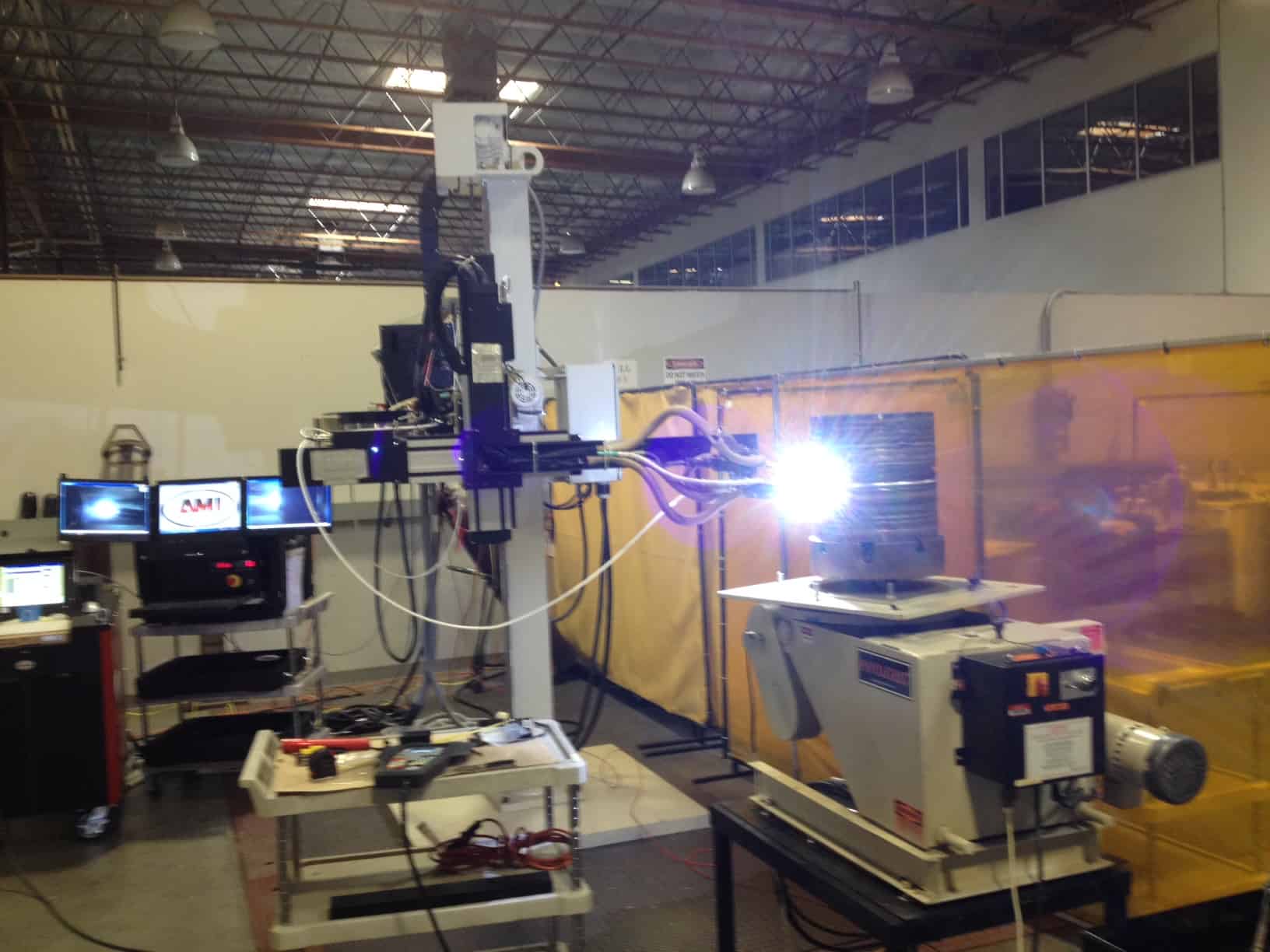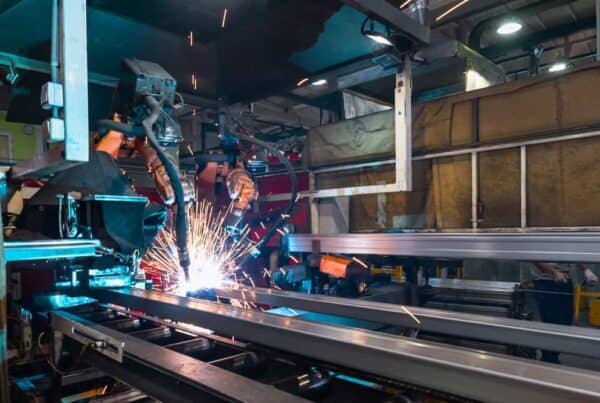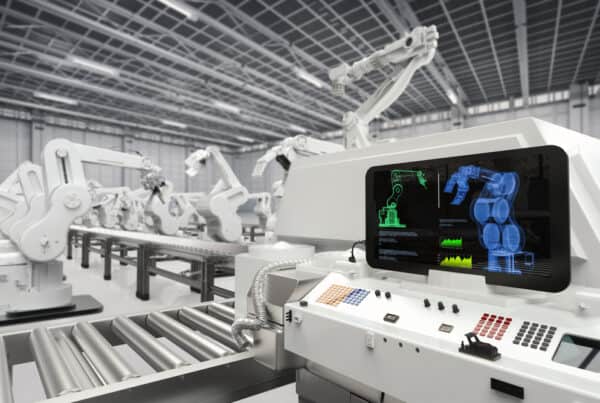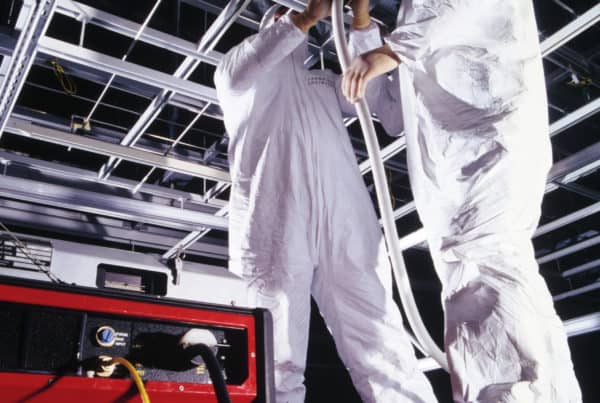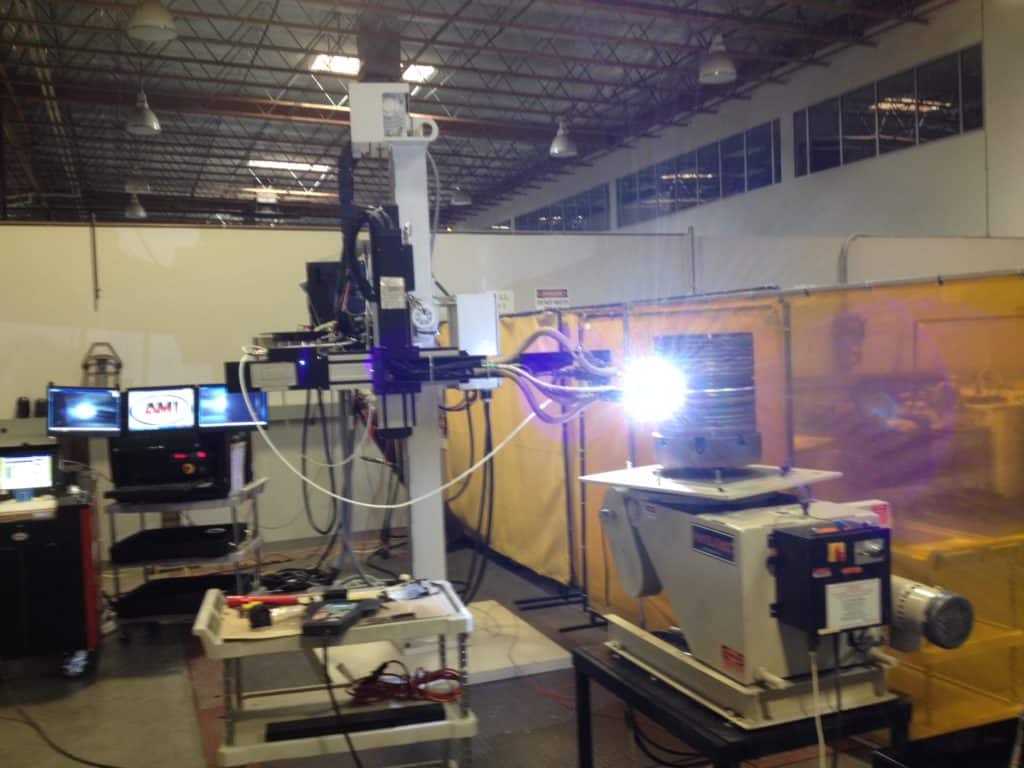
One of the few constants in this world is the deadline. Whether a project is in manufacturing, construction, or facilities maintenance, it will have a date by which it must be completed. One major factor in whether or not a project is completed on time is the deployment of skilled labor. Effective deployment enables a project to be completed on schedule and possibly even under budget. Inadequate or ineffective deployment of labor results in delays, cost overruns, and even the possibility of the contract being canceled.
Welding is one of these forms of skilled labor that can make or break a project. Qualified welders can be hard to find and welding productivity can become a bottleneck for completion of a project. Knowing how to improve welding productivity is the key to successful project management in fields as diverse as construction, manufacturing, petrochemical, and wastewater management.
How to Improve Welding Productivity in All Industries
While welding projects in different industries use different metals and materials (the petrochemical and electronics industries often use exotic corrosion-resistant alloys, for example), all industries use essentially the same basic welding processes. This makes it possible to suggest a few general practices that can improve welding productivity overall:
- Preventative Maintenance: One common cause of welding work stoppage is the need for minor arc welding machine repairs like the replacement of tips, electrodes, nozzles, and feed lines. Instituting pre- and post-shift checks and preventative maintenance of machines after a set period of duty hours will keep machines running more consistently and improve productivity during a project.
- Standardize Welding Procedures: Clearly defining the scope of work, the materials that will be used to complete the work, and the necessary quality standards that will be applied ensures that all welders on a project are working to the same plan. This reduces errors and the need to scrap or rework pieces. Welding procedure specifications (WPS) are fairly standardized across industries, but taking the time to modify the WPS for each project–or part of the project–can improve welding productivity by ensuring each weld is performed correctly the first time.
- Ergonomics: Manufacturers are generally aware of the importance of worker ergonomics on their assembly lines, but the ergonomics of welding are an afterthought in construction and facilities work, such as pipe welding in the petrochemical industry. Greater focus on ergonomics in the planning phases of welding projects can greatly improve welding productivity as welders who are reasonably comfortable are able to complete more welds over a shift.
The practices suggested above are all basic components of project management. Frequently, however, standards or practices from a previous project are applied to a new project or environment without amendment. This sort of inertia keeps industries from realizing the immediate productivity gains to be had from the use of technologies like automation and networking.
Automation Improves Welding Productivity Still Further
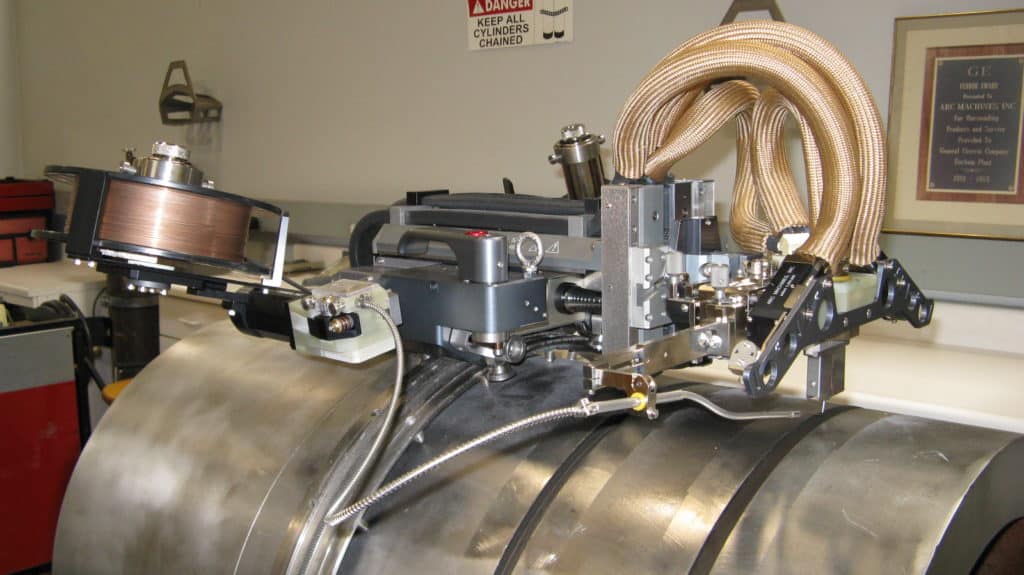
Industrial welding processes such as pipe welding and welding thick structural metals are notorious for their difficulty. A great deal of material and time are needed to fully weld a base material that is a quarter-inch in thickness or more, and many industries require this type of welding. Heavy-duty industrial pipes for the petrochemical industry, fuel and water pipes aboard ships, and the plates that make up a ship’s hull tend to be far thicker than a quarter of an inch.
The sheer thickness of the material creates opportunities for mistakes during the weld due to:
- Frequent Stops: During the weld, the welder will have to stop to refill consumables like rods or wire. During these stops, gas shielding is absent and there is an opportunity for the inclusion of contaminants into the weld–and again when the welder resumes welding.
- Heat Absorption: Welding joints in thick materials takes multiple passes. Throughout those passes, the base material is absorbing heat. Excessive amounts of heat can change the molecular structures of some metals and substantially alter the mechanical properties of the materials. Welding thicker materials often means waiting for them to cool down between passes, which reduces welding productivity on the project. Allowing inadequate cooling time between passes risks having to redo the weld.
- Fatigue: Over the course of many passes, welders can grow tired. As a result, mistakes are sometimes made in either the pattern of the weld or in the welding process due to muscle fatigue or impatience.
Welding automation eliminates these opportunities for mistakes. Automated weld heads can fill in the groove and deeper narrow groove joints found in shipbuilding and pipelines far more quickly than traditional manual welding processes. In addition to greater speed, automated welding can substantially improve the quality of welds on thicker materials by eliminating many of the usual risk factors. Machines do not get tired and make mistakes or take shortcuts. And, by completing each welding pass with greater speed and efficiency, the metal absorbs less heat.
Automated welding provides a way to improve welding productivity not only by increasing speed but also by reducing the need for remediation and reworking of completed welds due to errors. This can be maximized still further by collecting and analyzing the data generated by automated welders.
Data Automates the Collection and Dissemination of Standards and Procedure
Automated welding generates a lot of data that can be used to improve subsequent welds. The Internet of Things (IoT) makes collecting and using this data possible. Connecting automated weld heads to the internet through wifi or Ethernet allows:
- Traceability: Welds can be traced back to when and where they were generated and information can be accessed on how the weld was performed.
- Communication: The orbital welding power source can send data to a centralized remote, offsite cloud-based platform, which can, in turn, send data to the power source to change the weld parameters as the situation demands.
- Scalability: Altered or improved welding parameters can be shared with machines as needed, whether one machine or a hundred. If new functions are added, they can be enabled on multiple machines simultaneously.
Enabling internet connectivity for automated welding systems means that any changes mandated by operations managers, welding engineers, and quality assurance personnel can be disseminated instantly. Mechanized welding processes improve safety and efficiency, and, with automated data collection, they can continue improving to ensure that even the most challenging welding is done with a high degree of quality. Pipe welding quality control, for instance, is much easier when the weld is performed using an automated orbital machine that collects data and makes use of that data through IoT.
Improvements in technology demand greater precision and efficiency in creating the structures and equipment that are critical to the production of the goods that we use every day. Fortunately, these same improvements in technology can be applied to welding to make it simpler to produce high-quality work. Ultimately, knowing how to improve welding productivity is a matter of knowing how to apply important technologies like automation and the internet of things.
Arc Machines, Inc. is a recognized leader in orbital automated welding for pipe, tube, and other applications. For inquiries regarding products, contact sales@arcmachines.com. For service inquiries, contact service@arcmachines.com. Arc Machines welcomes the opportunity to discuss your specific needs. Contact us to arrange a meeting.

